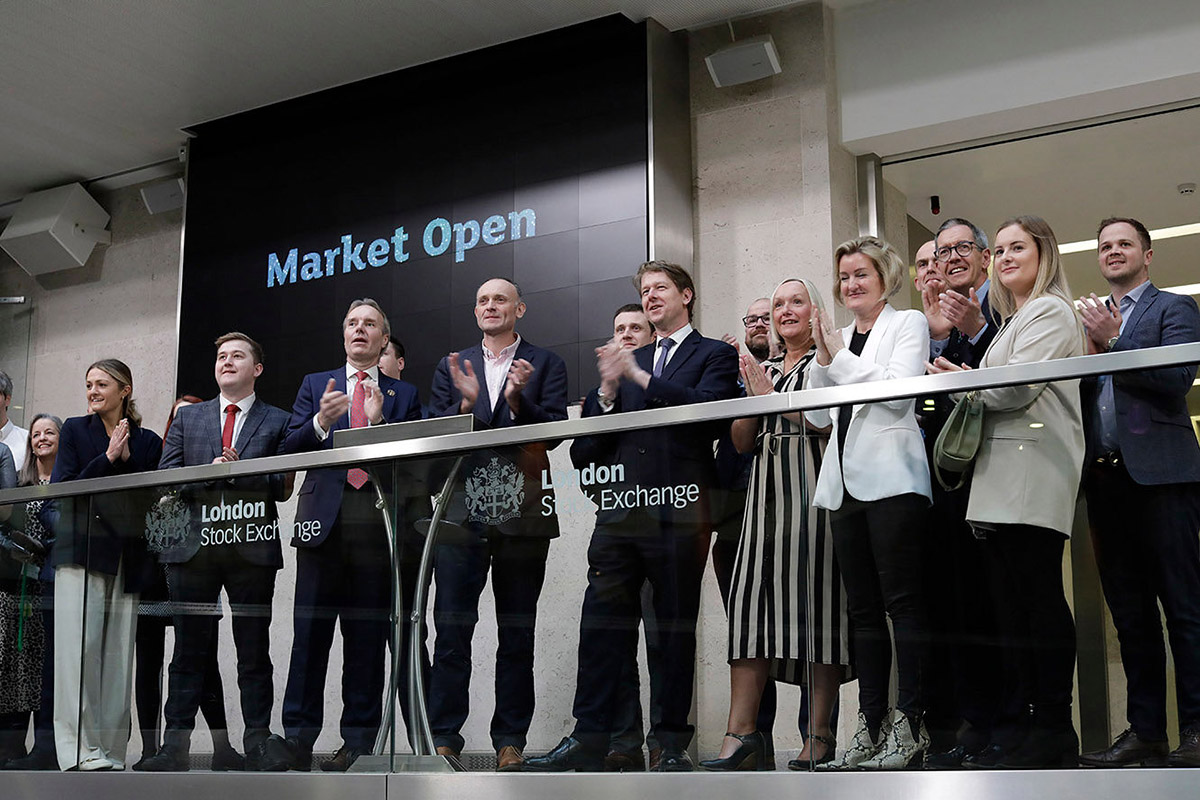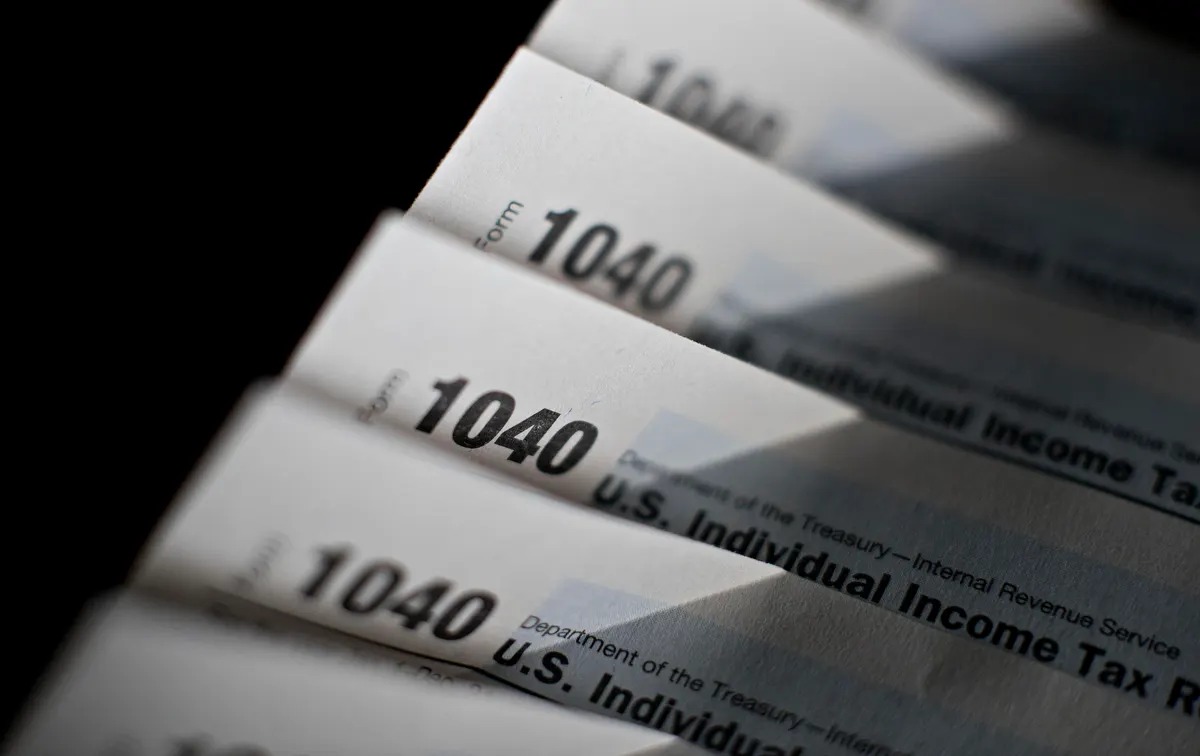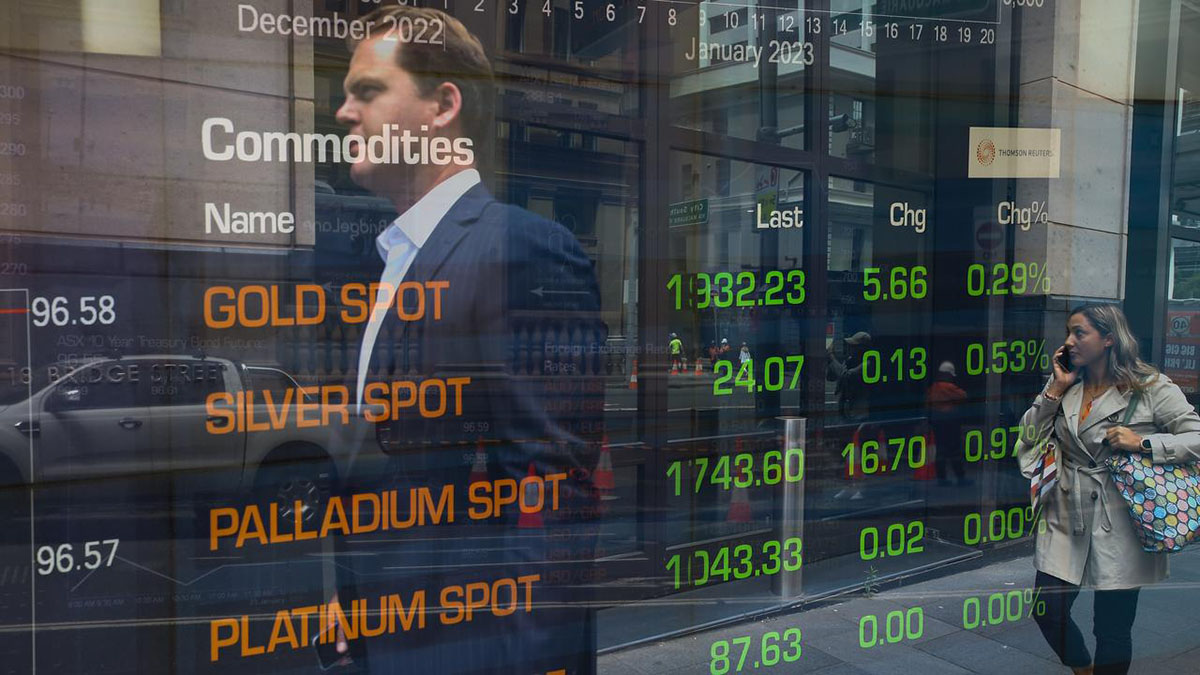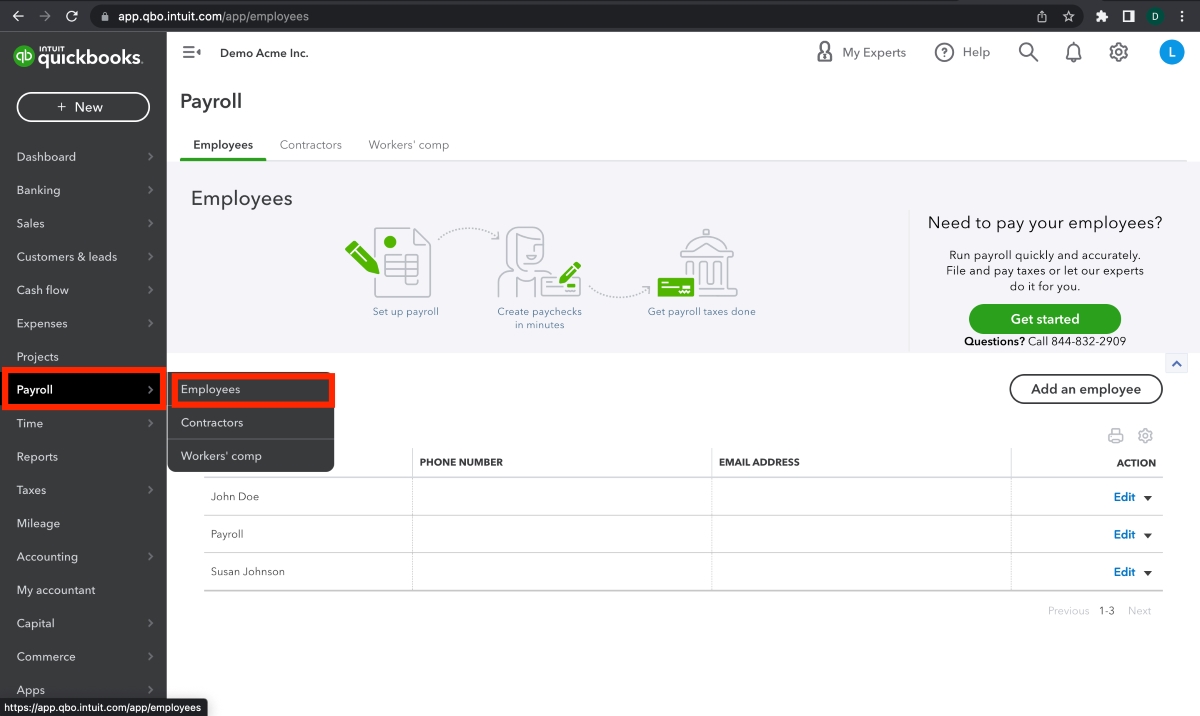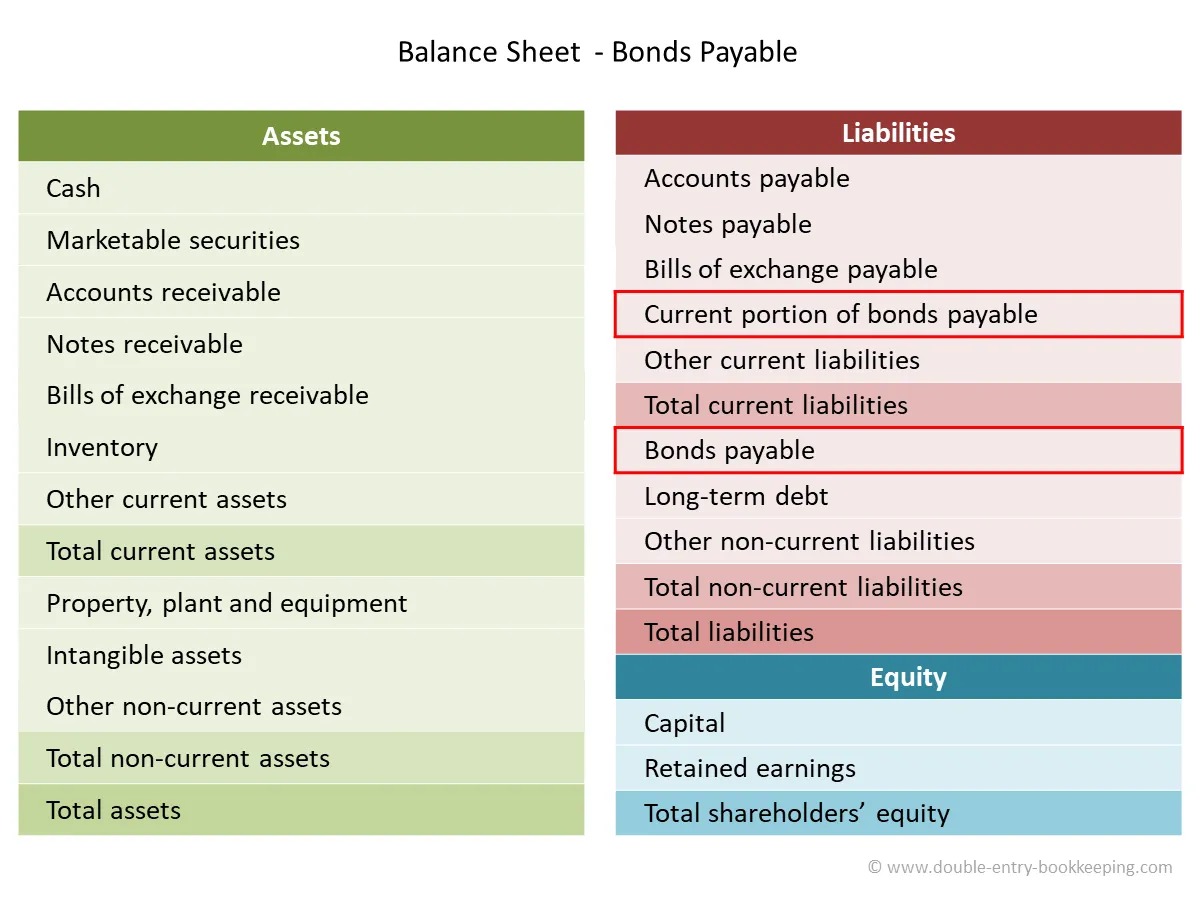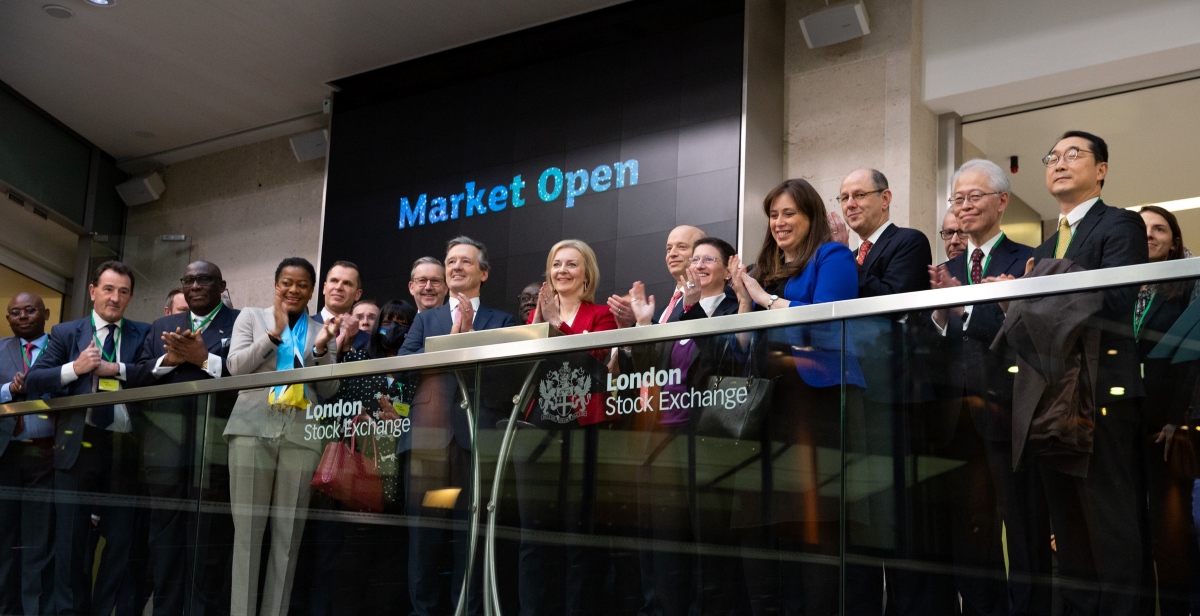

Finance
When Does London Stock Exchange Open
Published: January 17, 2024
Discover the opening hours of the London Stock Exchange and stay updated on the latest finance news. Plan your trading strategies for optimal gains.
(Many of the links in this article redirect to a specific reviewed product. Your purchase of these products through affiliate links helps to generate commission for LiveWell, at no extra cost. Learn more)
Table of Contents
Introduction
Understanding the trading hours of the London Stock Exchange (LSE) is crucial for investors and traders looking to participate in the world of finance. Being one of the leading financial markets globally, the LSE plays a significant role in the economic landscape of not only the United Kingdom but also the entire world.
With its origins dating back to the 17th century, the LSE has grown to become one of the most prominent stock exchanges, facilitating the trading of a wide array of financial instruments. From stocks and bonds to derivatives and commodities, the LSE provides a platform for market participants to buy and sell assets, fostering liquidity and investment opportunities.
However, it’s important to note that the London Stock Exchange, like any other stock exchange, operates within specific opening and closing hours. These hours determine when investors can initiate trades and when the market is closed for trading.
In this article, we will delve into the London Stock Exchange’s opening hours and explore the different trading sessions that take place throughout the trading day. By understanding these timings, investors can plan their trading activities and maximize their opportunities in the market.
Market Opening Times
The market opening times refer to the specific periods during which the London Stock Exchange operates. These times are crucial for investors as they determine when they can actively participate in trading activities, including buying and selling securities.
The trading day on the London Stock Exchange is divided into several distinct sessions, each serving different purposes. These sessions include pre-market opening, market opening, post-market opening, and the closing auction. Let’s explore each of these sessions in detail below.
Pre-Market Opening: The pre-market opening session starts at 7:00 AM Greenwich Mean Time (GMT) and lasts for approximately 30 minutes. During this time, market participants can enter orders and make price indications for securities listed on the LSE. However, it’s important to note that actual trading does not take place during this session.
Market Opening: The market opening session follows the pre-market opening and begins at 7:30 AM GMT. This is when actual trading activity commences on the London Stock Exchange. Market participants can execute trades in real-time, buying and selling securities at prevailing market prices.
Post-Market Opening: After the market opening session, the London Stock Exchange enters the post-market opening phase, which generally lasts until 4:30 PM GMT. During this time, trading activity continues, allowing investors to enter new orders and modify existing ones for execution.
Closing Auction: The closing auction is an important session that takes place at the end of the trading day, typically between 4:30 PM and 4:35 PM GMT. During this session, all market participants can place closing orders, specifying the quantity and price at which they are willing to buy or sell a security. The closing auction helps establish the closing price for the securities traded on the London Stock Exchange.
It’s important for investors to be aware of these market opening times and sessions to effectively plan their trading activities and take advantage of market opportunities. By understanding when the market opens, when trading activity is at its peak, and when the market closes, investors can make informed decisions and navigate the financial markets more effectively.
London Stock Exchange Opening Hours
The London Stock Exchange has specific opening hours during which trading activities take place. These opening hours determine the time window within which investors can actively participate in buying and selling securities on the exchange.
Typically, the London Stock Exchange operates from Monday to Friday, excluding public holidays. The trading day is divided into different sessions, starting with the pre-market opening and culminating in the closing auction, which establishes the final trading prices for listed securities.
The official opening hours of the London Stock Exchange are as follows:
- Pre-Market Opening: 7:00 AM to 7:30 AM GMT
- Market Opening: 7:30 AM to 4:30 PM GMT
- Post-Market Opening: 4:30 PM to 4:35 PM GMT
- Closing Auction: 4:35 PM to 4:40 PM GMT
It’s important to note that the London Stock Exchange operates according to Greenwich Mean Time (GMT), which is the time standard used in the UK during the winter months. However, during the daylight saving time period (typically from the end of March to the end of October), the time on the London Stock Exchange is adjusted to British Summer Time (BST), which is GMT+1.
During BST, the opening hours of the London Stock Exchange are as follows:
- Pre-Market Opening: 7:00 AM to 7:30 AM BST
- Market Opening: 7:30 AM to 4:30 PM BST
- Post-Market Opening: 4:30 PM to 4:35 PM BST
- Closing Auction: 4:35 PM to 4:40 PM BST
It’s important for investors and traders to be aware of these opening hours and any changes that may occur due to holidays or other events. By understanding the London Stock Exchange’s opening hours, market participants can plan their trading activities and ensure they are actively engaged in the market during the most opportune times.
Trading Hours
The trading hours of the London Stock Exchange coincide with the market opening and closing sessions. During these hours, market participants can actively engage in buying and selling securities, influencing market prices and liquidity.
The main trading hours of the London Stock Exchange are from 7:30 AM to 4:30 PM GMT (or GMT+1 during British Summer Time). This period is known as the market opening session, during which investors can execute trades in real-time and respond to market fluctuations.
It’s important to note that within the overall trading hours, different market segments have specific trading periods. The trading hours for these segments are as follows:
- Main Market: The Main Market of the London Stock Exchange operates from 8:00 AM to 4:30 PM GMT (or GMT+1 during British Summer Time). This segment includes the trading of large-cap stocks and is one of the most actively traded segments on the exchange.
- AIM: AIM, which stands for Alternative Investment Market, typically operates from 8:00 AM to 4:30 PM GMT (or GMT+1 during British Summer Time) like the Main Market. AIM is a sub-market of the London Stock Exchange and focuses on smaller, growing companies.
- SETSqx: SETSqx, or Stock Exchange Electronic Trading Service – quotes and crosses, operates from 8:00 AM to 4:30 PM GMT (or GMT+1 during British Summer Time). This trading service facilitates the trading of less liquid securities and is primarily used by market makers.
It’s important to understand that trading hours can be subject to change due to public holidays, market events, or other factors impacting market operations. Therefore, it’s advisable for investors to stay informed about any changes to the trading hours and adjust their trading plans accordingly.
It’s worth noting that some brokers also offer after-hours trading facilities, enabling investors to trade outside the regular market hours. While after-hours trading can provide additional opportunities, it’s important to be aware of the potential risks and implications associated with trading in less liquid and potentially more volatile conditions.
By being aware of the trading hours of the London Stock Exchange and the different segments within those hours, investors can effectively plan their trading activities and take advantage of the opportunities presented by the market.
Pre-Market Opening
The pre-market opening session on the London Stock Exchange occurs before the official market opening and serves as a preparatory period for the trading day. This session allows market participants to enter orders and make price indications for securities listed on the exchange.
The pre-market opening session begins at 7:00 AM GMT (or GMT+1 during British Summer Time) and typically lasts for around 30 minutes. During this time, investors can submit their orders and indicate the prices at which they are willing to buy or sell securities. These orders and indications are entered into the exchange’s electronic systems but are not yet executed as actual trades.
The pre-market opening session provides investors with an opportunity to assess market conditions and set their desired trading parameters before the market officially opens. It allows them to gauge the level of interest in specific securities, identify potential price movements, and adjust their trading strategies accordingly.
While the pre-market opening session allows investors to express their intentions to buy or sell securities, it’s important to note that actual trading does not take place during this period. Trading activities begin once the market opening session commences.
During the pre-market opening, participants can enter various types of orders, including market orders, limit orders, and stop orders. Market orders are executed at the prevailing market price, while limit orders set a specific price at which the investor is willing to buy or sell. Stop orders, on the other hand, trigger a trade when the price reaches a certain level, serving as a safeguard against unexpected market movements.
It’s worth mentioning that not all securities are available for trading during the pre-market opening session. Market participants should review the specific trading rules and guidelines for each security to determine if they can be traded during this period.
Overall, the pre-market opening session on the London Stock Exchange provides investors with a valuable opportunity to prepare for the trading day and express their trading intentions. It allows them to set their desired prices and strategies, enabling a smoother transition into the market opening session for executing trades in real-time.
Market Opening
The market opening session on the London Stock Exchange marks the official start of trading activities. It is a crucial period for investors as it enables them to execute real-time trades and participate in the buying and selling of securities listed on the exchange.
The market opening session begins at 7:30 AM GMT (or GMT+1 during British Summer Time) and extends for the rest of the trading day until the market closes. During this time, market participants can actively engage in trading, making use of various order types to buy or sell securities at prevailing market prices.
As the market opens, the trading floor becomes alive with activity, with traders and investors placing orders and responding to market conditions. The market opening session is typically marked by increased liquidity and price movements compared to the pre-market opening session.
Investors have the flexibility to execute different types of orders during the market opening session. Market orders are executed at the best available price in the market, providing quick trade execution. Limit orders allow investors to specify the price at which they are willing to buy or sell a security, ensuring that their trades are executed within their desired price range.
Additionally, the market opening session is an important period for monitoring market volatility and price gaps. Price gaps occur when there is a significant difference between the closing price of a security on the previous trading day and its opening price on the current trading day. These gaps can present both opportunities and risks for investors, and careful analysis is essential to navigate through such scenarios.
It’s important for investors to stay informed about market news, earnings announcements, and other relevant information that can influence market sentiment during the market opening session. By being aware of critical events and developments, investors can make more informed decisions and adapt their trading strategies accordingly.
The market opening session is a dynamic and fast-paced period characterized by increased trading activity and price fluctuations. It provides investors with an opportunity to take advantage of market movements and capitalize on trading opportunities. By actively participating during the market opening session, investors can position themselves for potential profits and navigate the ever-changing landscape of the London Stock Exchange.
Post-Market Opening
The post-market opening session on the London Stock Exchange follows the market opening session and allows investors to continue engaging in trading activities once the market is officially open. It is a crucial period for market participants to manage their existing orders, enter new trades, and react to market conditions.
The post-market opening session typically begins at 4:30 PM GMT (or GMT+1 during British Summer Time) and lasts for approximately five minutes, extending the trading day after the market’s initial opening hours. During this session, investors can modify or cancel their existing orders, enter new orders, and assess the latest market information.
One of the key objectives of the post-market opening session is to provide market participants with an opportunity to adjust their trading strategies or positions based on the market’s initial movement. It enables investors to react to any important news, company announcements, or other factors that may impact the market during the trading day.
Market participants can make use of various order types during the post-market opening session, including market orders, limit orders, and stop orders. These order types allow investors to execute trades based on their desired pricing or to protect themselves from potential adverse price movements.
While the post-market opening session is relatively short, it can be a crucial time for investors looking to take advantage of any shifts in market sentiment or to adjust their positions accordingly. It provides an additional opportunity to actively engage in trading activities and respond to any market developments that may impact their investment decisions.
It’s important to note that after the post-market opening session, the closing auction takes place, setting the closing prices for the listed securities on the London Stock Exchange. Therefore, investors should be aware of any market orders or limit orders that remain open after the post-market opening session and the potential impact of the closing auction on their trades.
Overall, the post-market opening session on the London Stock Exchange allows investors to continue their trading activities once the market is officially open. It offers an opportunity for investors to react to market movements, adjust their trading strategies, and make informed decisions based on the latest market information.
Closing Auction
The closing auction is an essential session that takes place at the end of the trading day on the London Stock Exchange. It is a period during which market participants can place closing orders to determine the final trading prices for the securities traded on the exchange.
The closing auction typically occurs between 4:30 PM and 4:35 PM GMT (or GMT+1 during British Summer Time). During this short but crucial session, market participants have the opportunity to specify the quantity and price at which they are willing to buy or sell securities.
The primary purpose of the closing auction is to establish the closing prices for the securities listed on the London Stock Exchange. These closing prices serve as reference points for valuing portfolios, calculating indices, and determining the net asset value (NAV) for certain investment funds.
The closing auction operates using a priority matching system, where orders are matched based on their specified prices, starting from the most competitive limit prices. The order priority, quantity available for trading, and the aggregate demand and supply for a particular security all play a role in determining the closing prices.
During the closing auction, market participants can place various types of orders, including market-on-close (MOC) orders or limit-on-close (LOC) orders. MOC orders are executed at the closing auction at the prevailing market price, while LOC orders allow investors to specify a specific limit price at which they want to execute their trades during the auction.
It’s worth noting that the closing auction can be subject to higher volatility and price fluctuations compared to regular trading hours. This is because market participants aim to finalize their positions before the end of the trading day and may adjust their orders accordingly during the auction.
After the closing auction concludes, the final closing prices are determined for each security traded on the London Stock Exchange. These prices are published and used by investors, market participants, and the broader financial community for various purposes, including performance analysis, portfolio valuation, and benchmarking.
It’s important for investors to understand the significance of the closing auction and its impact on the final trading prices. By actively participating in the closing auction and managing their closing orders appropriately, investors can ensure that their trades are executed at the desired prices and align with their investment strategies.
Overall, the closing auction on the London Stock Exchange marks the end of the trading day and plays a crucial role in establishing the final closing prices for listed securities. Understanding the mechanics of the closing auction can help investors effectively manage their trades and assess the overall performance of their investments.
After-Hours Trading
After-hours trading refers to the extended trading hours that happen outside the regular market hours of the London Stock Exchange. It provides investors with the opportunity to buy and sell securities beyond the normal trading session, allowing for increased flexibility and access to the market outside regular business hours.
After-hours trading typically takes place after the official market closing, extending into the evening. While the London Stock Exchange has specific trading hours, some brokers may offer after-hours trading facilities to their clients, enabling them to continue trading during this period. However, it’s important to note that after-hours trading may not be available for all securities and markets.
After-hours trading can be appealing for several reasons. It allows investors to respond to significant news events or earnings releases that are announced after the market closes. In particular, this extended trading period may be of interest to institutional investors or active traders who want to react quickly to events that could impact the value of their holdings.
Additionally, after-hours trading can provide an opportunity for investors to take advantage of potential market gaps or price discrepancies that may occur due to news releases or other market-moving events. However, it’s crucial to recognize that after-hours trading can be characterized by lower liquidity and higher volatility compared to regular trading hours, which may present additional risks.
During after-hours trading, investors can place different types of orders, including market orders and limit orders, similar to regular trading hours. Market orders are executed at the best available price, while limit orders allow investors to specify a particular price at which they are willing to buy or sell a security.
It’s important to note that after-hours trading may have some limitations and specific rules. For example, the available order types, trading volume, and price limits may differ during this period compared to regular trading hours. Investors should consult their brokers or trading platforms to understand the specific rules and requirements for after-hours trading.
As after-hours trading occurs outside the regular market hours, the information and quotes available during this period may be limited. Investors should be cautious and conduct thorough research before making trading decisions during after-hours trading.
Ultimately, after-hours trading provides investors with additional flexibility and the opportunity to respond to market events that occur outside regular trading hours. While it can present opportunities for certain investors, it’s crucial to approach after-hours trading with caution and understand the potential risks associated with this extended trading period.
